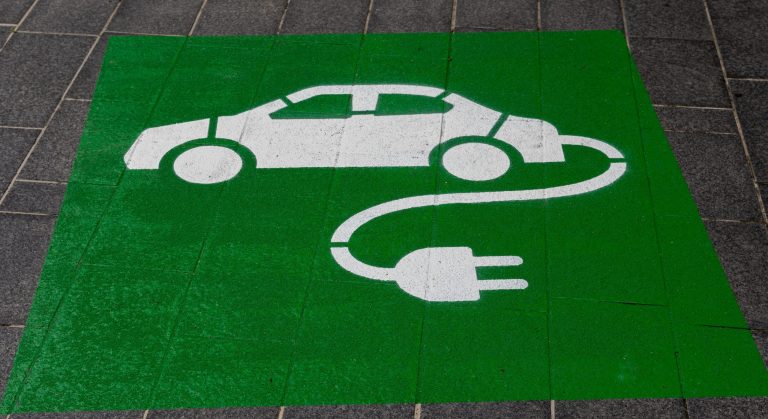Electric mobility has been gaining ground in the automotive world as a more sustainable and environmentally friendly alternative. As concerns about climate change and air quality grow, more people are considering switching to an electric car. However, as with any major decision, there are pros and cons to consider. In this article, we will explore the advantages and disadvantages of making the leap to electric mobility.

Advantages of electric mobility
In a world that is constantly looking for more sustainable and environmentally friendly solutions, electric mobility has emerged as a promising alternative in the transport sector. Electric vehicles have been gaining ground thanks to their energy efficiency and the reduction of polluting emissions. In this article, we will explore the various advantages offered by the adoption of electric mobility, from the economy of use to the positive impact on the environment.
- Zero emissions
Electric cars do not emit polluting exhaust gases, which helps reduce air pollution and greenhouse gas emissions, contributing to the fight against climate change.
- Lower operating cost
Electric vehicles tend to have lower operating costs compared to internal combustion vehicles. The price of electricity is generally lower than gasoline, and maintenance is simpler due to fewer moving parts and no oil changes.
- Tax incentives and subsidies
In many countries, governments offer tax incentives and subsidies for the purchase of electric cars, which can significantly reduce the initial cost.
- Quiet driving experience
Electric cars are remarkably quiet and offer a smooth, vibration-free driving experience.
- Growing charging network
The charging infrastructure is constantly expanding, making it more convenient to charge your car at home or at public charging stations.

Disadvantages of electric mobility
While electric mobility has attracted attention for its energy efficiency and environmental benefits, it is also important to take a close look at the challenges it faces. The transition to electric vehicles is not without obstacles and limitations that must be considered. In this article, we’ll explore the downsides associated with electric mobility, from charging infrastructure to range and upfront cost considerations.
- Limited autonomy
Although electric car batteries are constantly improving, some models still have a more limited range compared to combustion vehicles.
- Charging time
Although charging at home is convenient, charging at public stations can take longer than filling a tank of gas.
- High initial cost
Despite the incentives, electric cars often have a higher initial cost due to battery technology and other components.
- Uneven charging infrastructure
Although the charging network is growing, some areas may have a less-developed charging infrastructure, which can raise concerns about the availability of charging points.
- Battery drain
Although lithium ion batteries are durable, over time they can degrade and lose capacity, which could require battery replacement.

Conclusion
The decision to switch to electric mobility is one that must be made by considering all the advantages and disadvantages. As technology continues to advance and environmental concerns increase, electric cars are becoming an increasingly viable and attractive option. If you are interested in contributing to a more sustainable future and are willing to adapt to the unique considerations of electric mobility, you will likely find that the advantages outweigh the disadvantages. Explore your option to go electric and find out how ZeemGO can help you in this exciting change!






